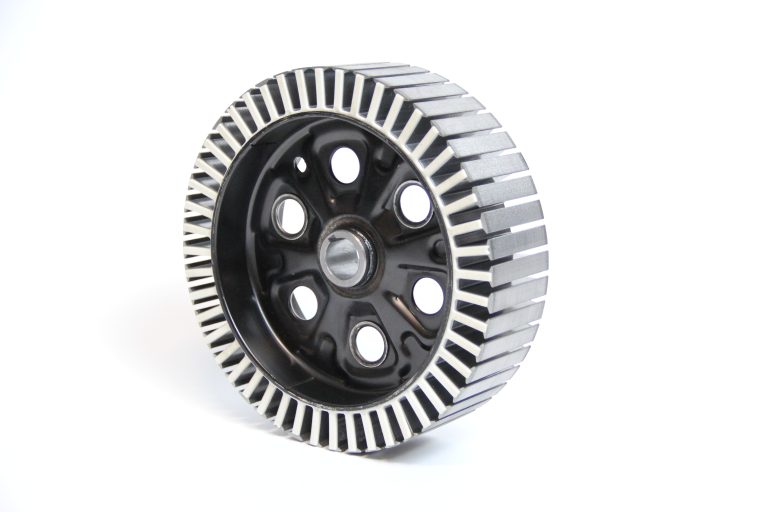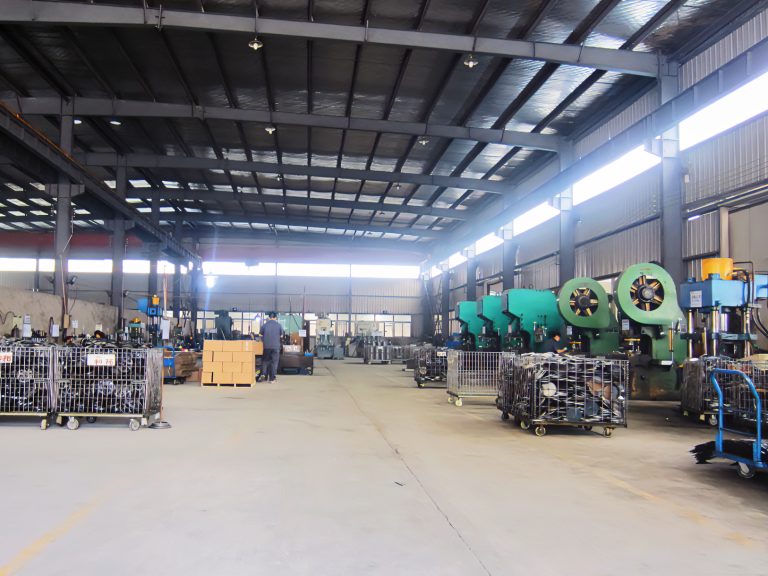Table of Contents
Introduction
Servo motors are essential components in modern automation and robotics, known for their precise control of angular or linear position, velocity, and acceleration. At the heart of these motors lies a crucial component: the core, or iron core, which plays a significant role in the motor’s performance. This article delves into the function of the core in servo motors and how it enhances the motor’s operational efficiency.
Understanding Servo Motors
Servo motors are designed to provide precise control over motion, making them indispensable in applications ranging from robotics to CNC machinery. They consist of several key components, including the stator, rotor, feedback system, and the core. The core, typically made of laminated iron, is a fundamental part of the motor’s magnetic circuit.
The Function of the Core in Servo Motors
- Magnetic Flux Conduction
- The primary function of the core in a servo motor is to conduct magnetic flux. The core provides a low-resistance path for the magnetic flux generated by the stator windings. This efficient conduction of magnetic flux is essential for the generation of torque.
- Torque Production
- Torque in a servo motor is produced through the interaction of the magnetic fields of the stator and the rotor. The core’s ability to effectively channel magnetic flux enhances this interaction, leading to improved torque generation.
- Minimizing Eddy Currents
- The laminated structure of the iron core reduces eddy current losses. Eddy currents are loops of electrical current induced within the core, which can cause energy losses and heating. Laminations increase resistance to these currents, thereby minimizing losses and improving efficiency.
- Magnetic Field Focus
- The core helps in focusing and directing the magnetic field within the motor. By concentrating the magnetic field, the core ensures that the motor operates efficiently and responds accurately to control signals.
Enhancing Motor Performance
- Efficiency Improvement
- A well-designed core with minimal eddy current losses contributes significantly to the overall efficiency of the servo motor. Higher efficiency translates to lower energy consumption and better performance in demanding applications.
- Precision and Control
- The precise control of motion in servo motors relies heavily on the stability of the magnetic field. The core’s ability to maintain a consistent magnetic flux enhances the motor’s precision, making it ideal for applications requiring accurate positioning.
- Thermal Management
- By minimizing eddy current losses, the core helps in managing the heat generated within the motor. Better thermal management extends the life of the motor and maintains performance levels even under continuous operation.
- Dynamic Response
- The core’s role in efficiently conducting magnetic flux also impacts the motor’s dynamic response. Quick and precise changes in the magnetic field allow the motor to respond swiftly to control inputs, crucial for high-speed and high-precision applications.
Conclusion
The core in a servo motor is not merely a passive component but a critical element that enhances the motor’s performance. By conducting magnetic flux efficiently, reducing eddy current losses, and focusing the magnetic field, the core ensures that the motor operates with high efficiency, precision, and reliability. Understanding the role of the core helps in appreciating the intricate design of servo motors and their capability to drive modern automation and robotic systems.
FAQs
- What materials are typically used for the core in servo motors?
- The core is usually made of laminated iron to reduce eddy current losses and enhance magnetic flux conduction.
- How does the core influence the torque production in servo motors?
- The core conducts magnetic flux effectively, which enhances the interaction between the stator and rotor magnetic fields, leading to improved torque production.
- Why are the cores laminated in servo motors?
- Laminations in the core increase resistance to eddy currents, thereby minimizing energy losses and heat generation.
- What role does the core play in the thermal management of servo motors?
- By reducing eddy current losses, the core helps manage heat generation, improving the motor’s thermal performance and longevity.
- How does the core contribute to the precision of servo motors?
- The core maintains a stable and focused magnetic field, which is crucial for the precise control of motion in servo motors.


